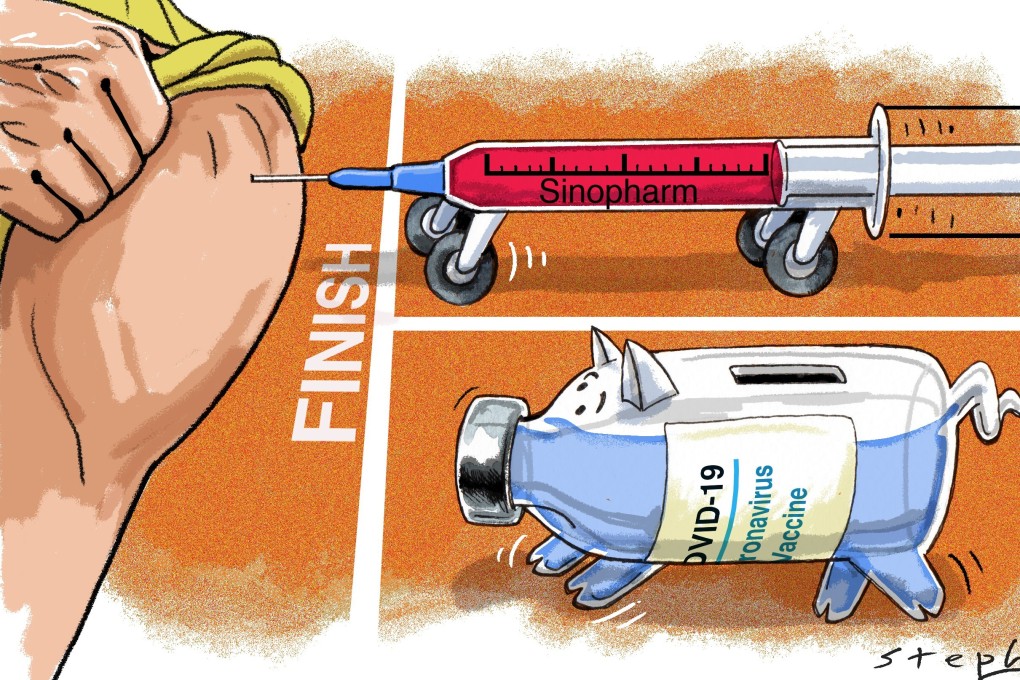Opinion | Western vaccine nationalism is opening the door for China to lead the global recovery
- While the West has every reason to feel the end of the pandemic is in sight, things look bleaker for many other parts of the planet
- If viable alternatives to Western vaccines emerge, rich countries could find China has usurped the mantle of vaccine leadership

In spite of pleas for global solidarity in vaccine production and distribution, the global vaccine roll-out is quickly turning into a race between two models of vaccine diplomacy.
As a result, while the West has every reason to feel that the end of the pandemic is in sight, things look bleaker for many other parts of the planet. The US alone accounts for nearly 20 per cent of the nearly 1.4 billion jabs given worldwide so far. Meanwhile, Africa’s three most populous countries – Nigeria, Ethiopia and Egypt, home to more than 400 million people between them – each account for just 0.1 per cent.
As the first non-Western vaccine approved for worldwide use by the global health body, the decision put Sinopharm’s jab – already used in countries from the Middle East to Latin America – on equal footing with Western counterparts and a step ahead of Russia’s Sputnik V vaccine.

09:50
SCMP Explains: What's the difference between the major Covid-19 vaccines?
